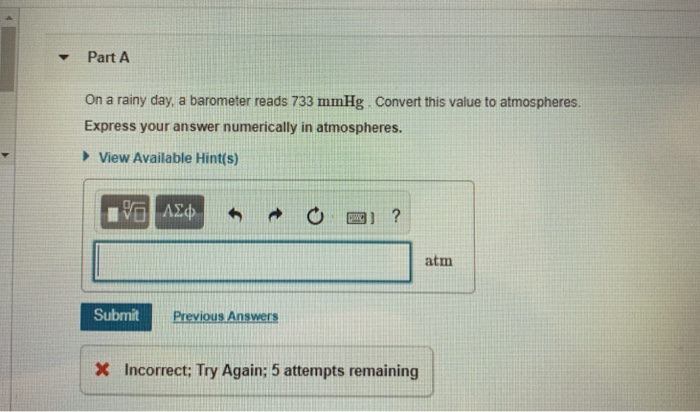
(a) Strategy: The amount of gas and its temperature remain constant, but both the pressure and the volume change. Pressure and volume change it is a Boyle's law problem. Temperature and amount of gas do not change in this problem (T1 = T2 and n1 = n2). Combining the two changes, we have 1 ×4 = 2 2 The volume will double. However, reducing the pressure to 1 4 its original value would increase the volume by a factor Halving the temperature would decrease the volume to 1 2 its original P volume. As the pressure is tripled, the volume will decrease to 1 3 of its original volume, P assuming constant n and T. The density of the gas will remain the same as moles are doubled and volume is doubled.ġ.

Starting with n moles of gas, adding another n moles of gas (2n total) will double the volume. This decrease in gas density is indicated by the lighter shading. As the volume increases at constant moles of gas, the density of the gas will decrease. The depth of color indicates the density of the gas. As the temperature is doubled, the volume will also double, assuming constant n and P. The diagram that best represents this is choice (b). The liquid will have a vapor pressure, so some of the sample will remain in the gas phase. If the final temperature of the sample is below its boiling point, it will condense to a liquid. The diagram that best represents this is choice (d). If the final temperature of the sample is above the boiling point, it would still be in the gas phase. Solution: ? atm = 606 mmHg × ? kPa = 0.797 atm × 1 atm 760 mmHg For the second conversion, 1 atm = 101.325 kPa. Strategy: Because 1 atm = 760 mmHg, the following conversion factor is needed to obtain the pressure in atmospheres.
#733 MMHG TO ATM FULL#
Symbols, abbreviations, or full names for units of length,Īrea, mass, pressure, and other types.CHAPTER 5 GASES Problem Categories Biological: 5.38, 5.56, 5.104, 5.136, 5.146, 5.173. You can find metric conversion tables for SI units, as wellĪs English units, currency, and other data. It is the pressure resulting from a force of one pound-force applied to an area of one square inch.Ĭonversion calculator for all types of measurement units.

The pound per square inch or, more accurately, pound-force per square inch (symbol: psi or lbf/in² or lbf/in²) is a unit of pressure or of stress based on avoirdupois units. The unit is named after Evangelista Torricelli, Italian physicist and mathematician, for his discovery of the principle of the barometer in 1643. It is the atmospheric pressure that supports a column of mercury 1 millimetre high. The torr (symbol: Torr) or millimetre of mercury (mmHg) is a non-SI unit of pressure. Psi to mmHg, or enter any two units below: Enter two units to convert From: You can do the reverse unit conversion from


 0 kommentar(er)
0 kommentar(er)
